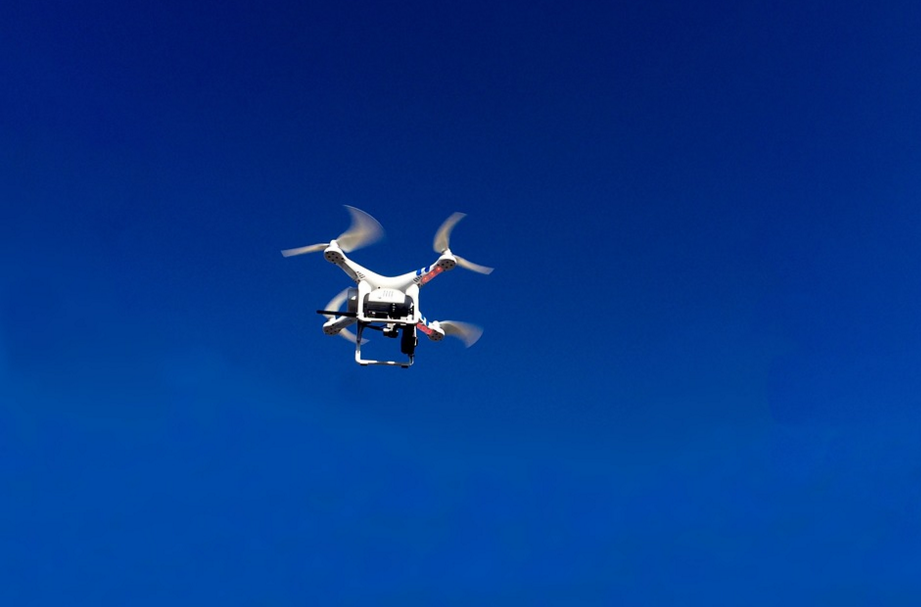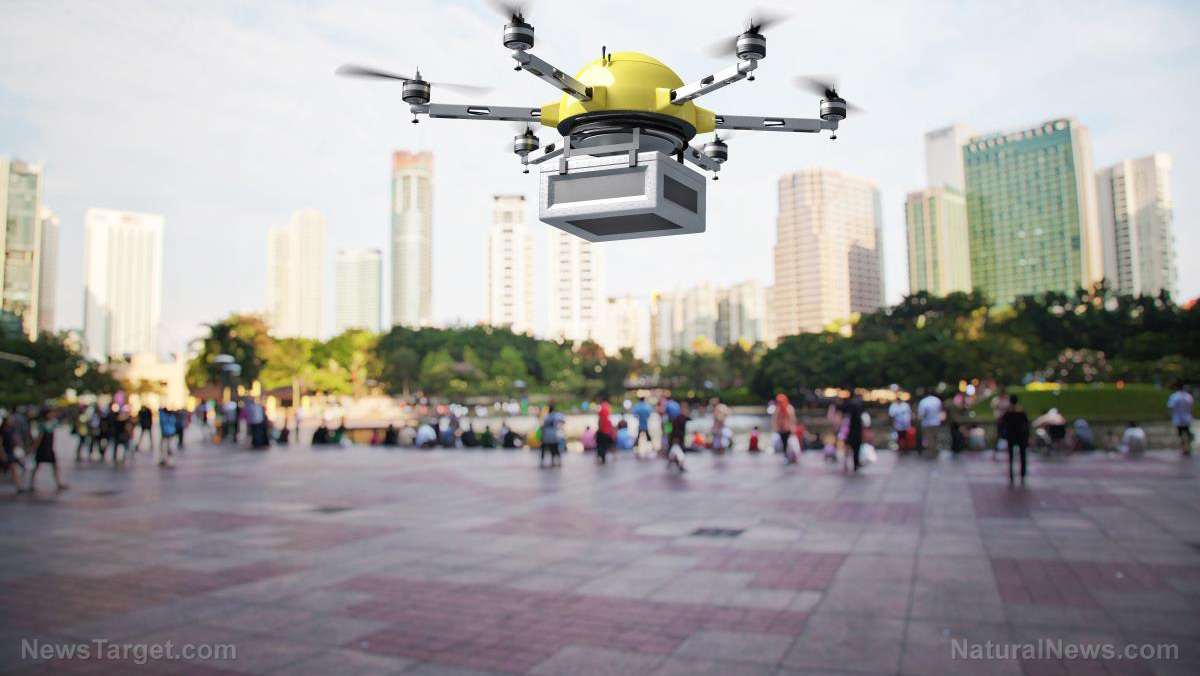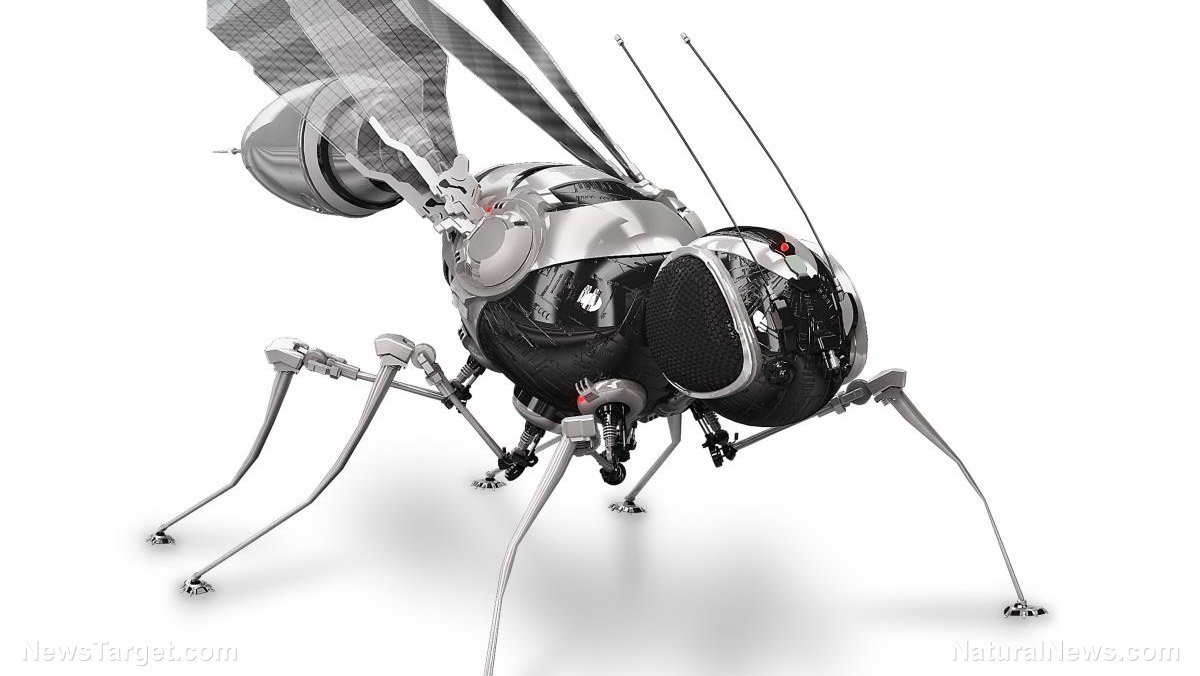
The next first responder on the scene of a natural disaster may be a robot. A newly developed rescue robot is designed to survive drops of 600 feet (183 m) and send data back to its operators.
Each unit features a 3D arrangement of rods. By contracting and extending the length of the rods, the robot alters its shape and moves across different terrain.
Swarms of these robots may deploy into disaster areas or war zones ahead of human emergency teams. They will allow their operators to evaluate the situation from a safe distance.
The robots are small and light enough to get transported by aerial drones. They will also fit aboard conventional aircraft, helicopters, and ground vehicles.
Squishy Robotics developed the rescue robot with the help of researchers from the University of California Berkeley (UC Berkeley). They designed the device to serve as the electronic senses of first responders in a disaster area.
The Squishy robot will deploy to locations with biological, chemical, explosive, nuclear, and radiological dangers. It will gather various data from the environment and keep a lookout for biohazards and toxic chemicals.
Users may operate the robot by itself or in swarms. They may also swap out sensor modules as needed. (Related: Understanding what’s in an individual trauma kit might just save your life.)
A "squishy" disaster response robot that survives sheer drops
UC Berkeley researcher Alice Agogino explained how her team designed the mobile sensor robots to preserve the lives of both first responders and victims. At the same time, they also wanted to reduce expenses alongside the risk to people. Last but not least, they sought to improve the effectiveness of emergency response teams.
“They can survive a high drop into a disaster zone and provide life-saving information to first responders,” Agogino said of the squishy robots. “They can also work as co-robots with their human partners on the ground when they arrive on the scene.”
For its part, Squishy Robotics talked about the ability of the robot to provide real-time video of its surroundings. The machine also carried gas sensors to evaluate the atmospheric condition of the zone.
The data it sends back to its operators will help disaster response personnel come up with a safe and efficient plan to rescue any victims. Furthermore, first responders will know about any potential dangers and avoid them.
Squishy Robotics also came up with an interface that collates the data from multiple squishy robots and presents them to the operator for easy review.
Adapting a space probe into a rescue robot that saves lives on Earth
The original purpose of the squishy robot was space exploration. It was intended to probe moons and other planets in the solar system.
The UC Berkeley researchers worked on a design that would survive getting dropped from orbit and landing on the surface of Titan. The largest moon of Saturn, Titan is also the only natural satellite clad in a thick atmosphere.
The researchers applied both "combining tension" and compression to the 3D structure of the robot. It eventually occurred to them that their creation was capable of operating on Earth, including areas ravaged by disasters and war.
The team drew further inspiration to adapt their invention for use after learning how many first responders have lost their lives trying to save other people in dangerous environments.
“I saw a report by the Red Cross and Red Crescent that 400 first responders lost their lives to save others in the last 20 years,” Agogino shared in an interview. “Many of these lives could have been saved with better situational awareness before entering disaster zones.”
Visit Robotics.news for more updates on squishy robots and other disaster response technology.
Sources include:
Please contact us for more information.




















